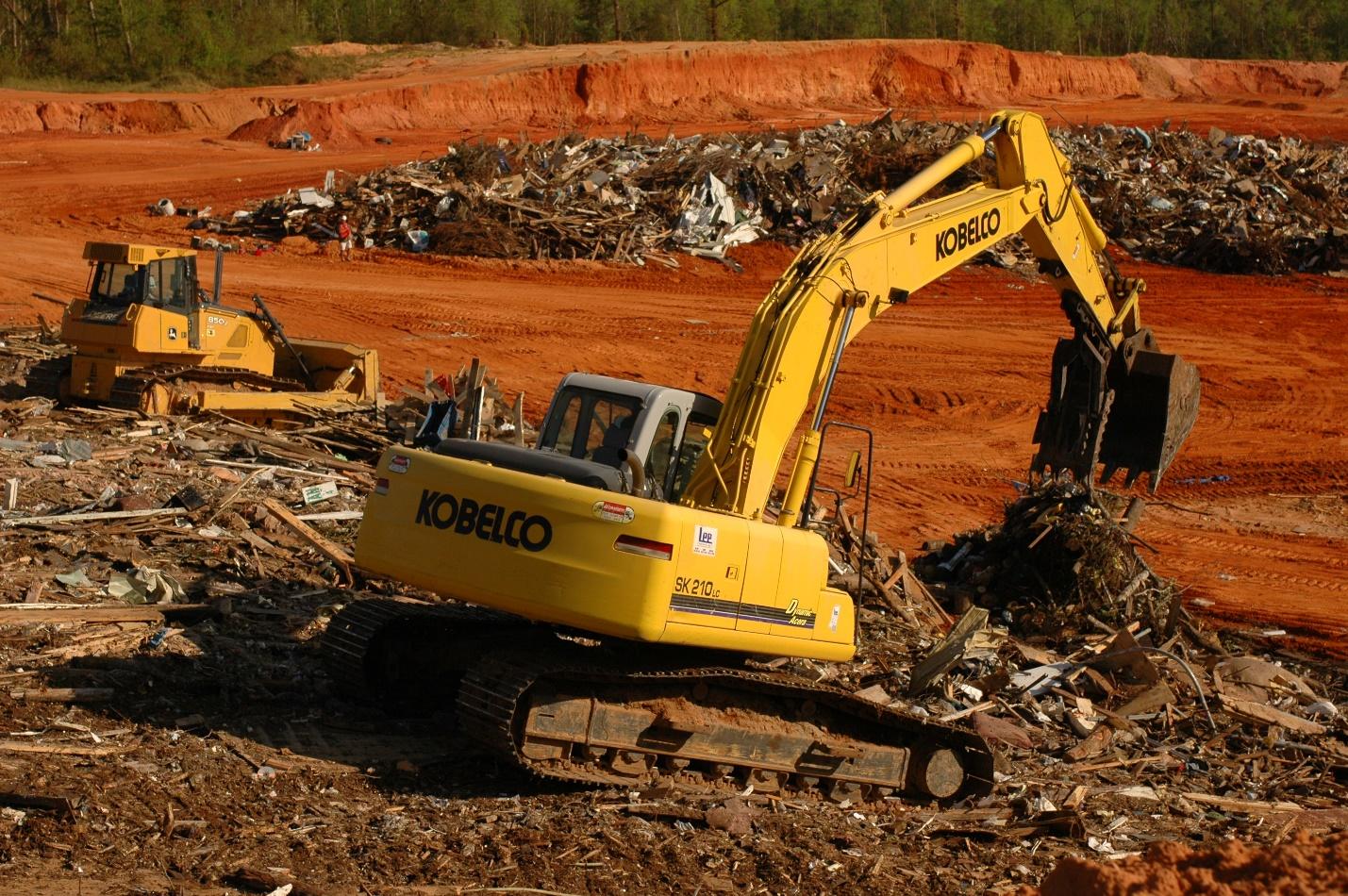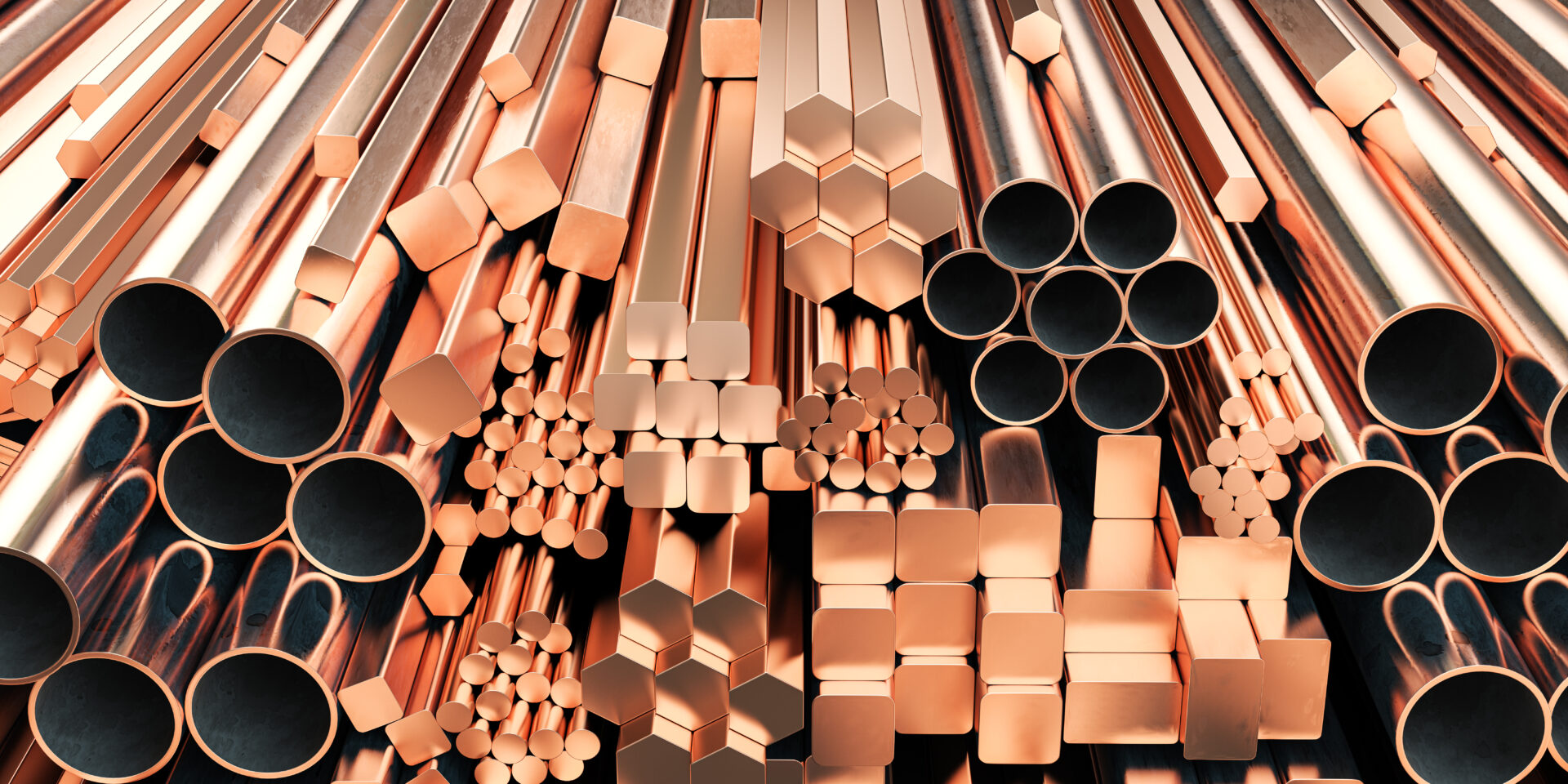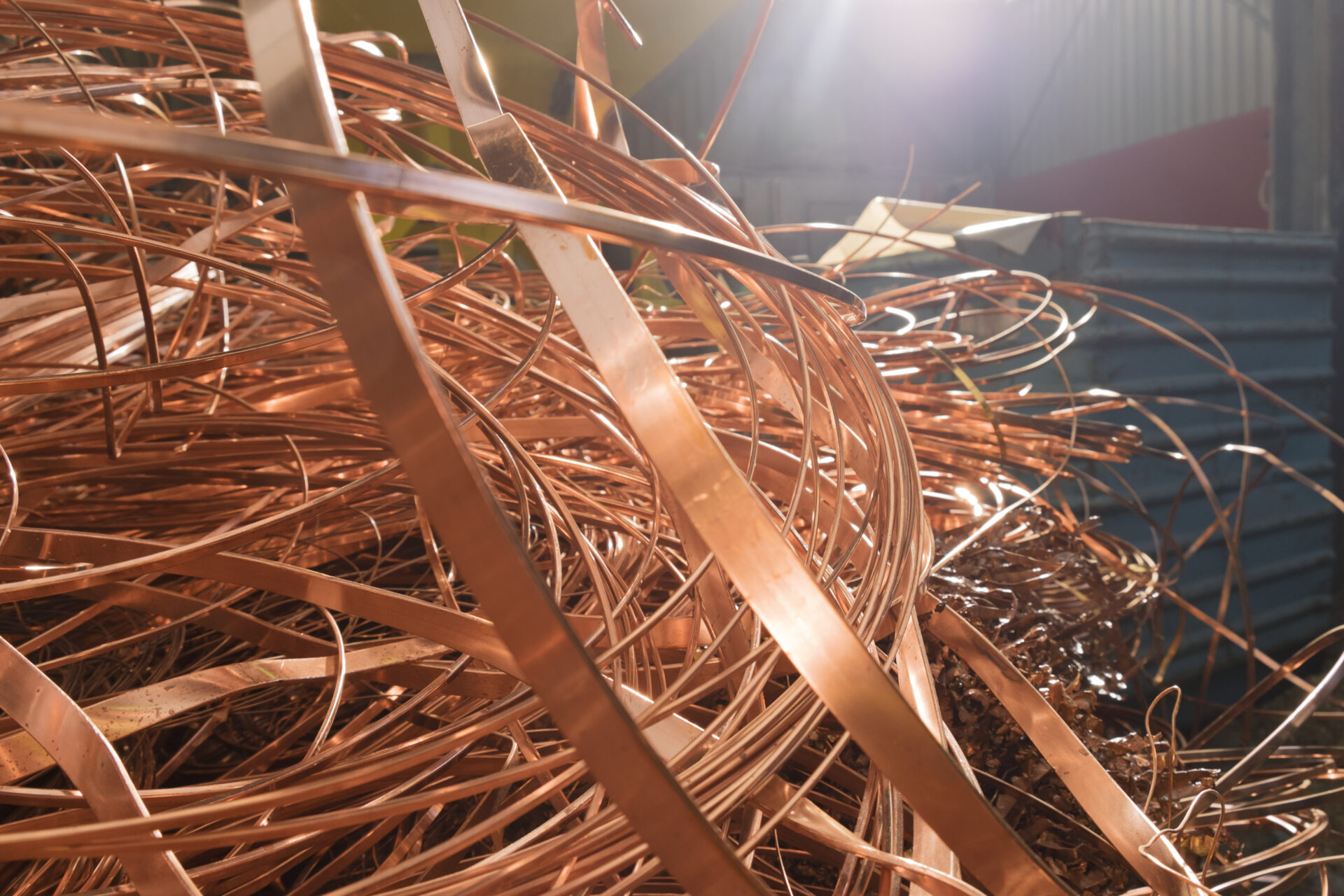
Is there such a thing as mining for treasures … in trash? As it turns out, landfills – particularly older ones – have become a great source for valuable materials, including metals. Finding treasures in trash could, in fact, be a valuable hobby.
That concept was brought home recently in a landfill in Escambia County, Florida. It was closed for environmental reasons, to eliminate old garbage that might contaminate the soil and groundwater. County leaders were also hoping to clear space for future trash being hauled in there.
But in addition to the environmental benefits of this cleanup work, municipal leaders made another discovery. They realized a lot of scrap metal had been dumped there, and if those metals got recovered, they could be recycled – which would help offset the cost of the cleanup work being done there.
So the project that began as an environmental cleanup expanded. It became a reminder that landfills are actually a resource for communities that decide to recover what’s been hiding there – and can have value, including monetary value.
That puts the environmental benefits and the financial benefits together in one package.
Finding Treasures in Trash: How Did They Discover These Items in That Florida Landfill?
The Perdido Landfill in Escambia County was closed to ensure the groundwater wasn’t contaminated and to check for other environmental issues.
But as this project heads into its second phase in 2019, it moves to another concept: mining the landfill.
Since it’s very expensive to excavate trash, sorting out valuable materials like scrap metals and then reburying the rest holds out the potential to recover some of the county’s costs by selling those recovered materials.
And once they’ve completed the mining, they can make room at the dump site for more environmentally friendly waste disposal methods.
Although the concept of landfill mining dates back in some form to the 1950s, the movement took on added stream in the 1990s when the federal government imposed new landfill regulations in an effort to prevent groundwater contamination and other pollution at those sites.
Those new regulations led to a lot of older landfills being shut down, followed by mandated 30-year monitoring of closed dumps to ensure no pollution problems arose. Because of the required monitoring, communities began to realize you can truly find treasures in trash – sometimes quite successfully.
In 2015, the state of Maine recovered an estimated $7.4 million worth of valuable scrap metals after a four-year reclamation project at landfills. That project was able to dig up 37,867 tons of recyclable scrap metals at an estimated cost of $158 per metric ton.
In Escambia County, the first phase of the project cost $2.7 million to mine and process the long-buried waste, and $3 million to build new landfill space on the cleared off-site. However, that new space is expected to bring the county $60 million in fees being charged to haulers.
Finding Treasures in Trash: Why the Strong Interest in Mining for Metals?

With numbers like that, landfill mining projects could rise in the next decade. Today, there are government-funded research projects in the United Kingdom, Belgium, Sweden and Germany exploring ways to make mining of old materials from landfills a cost-effective proposition.
And one of the biggest selling points is the environmental benefits gained from this work. That shows the benefits are not purely about profits.
Some of those researchers are exploring better ways to go through industrial waste to extract rare metals needed for production of electronics, aircraft parts, bicycle gear, and even pacemakers. Researchers want to know how to recover metals now in limited supply across Europe.
Since Europe mostly imports those rare metals from other nations, this research aims to improve ways to recover metals from waste already in the EU, making Europe more self-reliant for important metal resources in the future.
Metals like chromium, vanadium, molybdenum and niobium, which are added to steel to make it more durable or to increase its strength, are among the metals they want to recycle. Today, for example, about 45% of chromium is brought into Europe from other countries.
Extracting metals from industrial residue is a challenge. Those metals are essentially fine particles that need to be separated out from the rest of the waste.
That’s why researchers are studying innovative ways of removing them using magnetic fields to pull out metallic particles and water to dissolve the metal so it can be recovered from the solution.
Other projects want to recover nickel, zinc and copper from sludges and residues left over from the production of metals like stainless steel and zinc, as well as less common metals like indium, gallium, germanium, cobalt and chromium.
Some of those rare metals are used to make computers, electronics and batteries.
The new technologies being developed could eventually be combined with existing processes to extract metals, possibly creating a significant game-changer for Europe, where they produce 80% of rare metals rather than continuing to import them.
That puts trash truly in the spotlight as a place to find much-needed metal treasures.
Finding Treasures in Trash: Why Is it Important to Recover Older Metals from Landfills?
The important part of focusing on recovering rare and valuable scrap metals from landfills is the environmental impact. We know that metals contain toxic chemicals like mercury and lead, which can pose significant environmental risks to the soil and groundwater. We all want to keep metals from being hauled off with other residential and industrial trash.
We also know that scrap metals can be successfully recycled by experienced firms like GLE Scrap Metal, which performs environmentally-friendly processing and recycling of all base and precious metals. The recyclable base metals they reintegrate are sold to manufacturers to use in the production of new products. Using recycled metals helps hold down the cost of making those items.
Recycling is also key because the issue of available landfill space is becoming more important to a lot of communities. Trash generation is on the rise globally, and researchers at The World Bank say it will increase by 70 percent and reach 3.7 billion tons per year by 2050.
It’s no different in the United States, where garbage from cities and counties has grown in the past 20 years from 217.3 million tons in 1995 to 262.4 million tons in 2015, according to the U.S. Environmental Protection Agency.
As landfill capacity begins to dwindle, landfill mining offers the potential to recover perfectly good materials that had been disposed of. That not only brings revenues to communities but helps the waste management industry solve sustainability challenges by promoting recycling as a method of diverting trash from landfills.
Conclusion
Today, a growing number of landfill operators are looking at ways to keep their facilities going for 100 years or longer, and some of the long-term planners are keeping a close eye on emerging technologies.
But we also know that a much older technology – recycling – has been a proven method to address this challenge. Far too much of our scrap metal gets put in landfills, and recycle ratings need to improve.
It’s cleaner and healthier for our environment if we do that, and scrap metal can be successfully recycled so we don’t need to use up more of our natural resources to go mining for virgin ore to create new metals.
And as many communities around the country are discovering, the amount of scrap metal in the aging landfills is something that still has value – if it gets recovered and recycled.
In the meantime, we can all play a part by recycling the scrap that we have and no longer need, by constantly contributing to the scrap recycling process.
Individuals and businesses can bring their scrap to GLE Scrap Metal, a premier scrap metal and electronics recycler that performs environmentally-friendly processing and recycling of all base and precious metals.
This family-owned and operated business supplies domestic mills and global end-users with wide ranges of raw commodities that can be transformed into new products.
That’s a great way of ensuring that excess materials don’t go to waste. So it turns out that finding treasures in trash is not just a saying after all.
To learn more, call GLE Scrap Metal today at 855-SCRAP-88 to request a quote.



